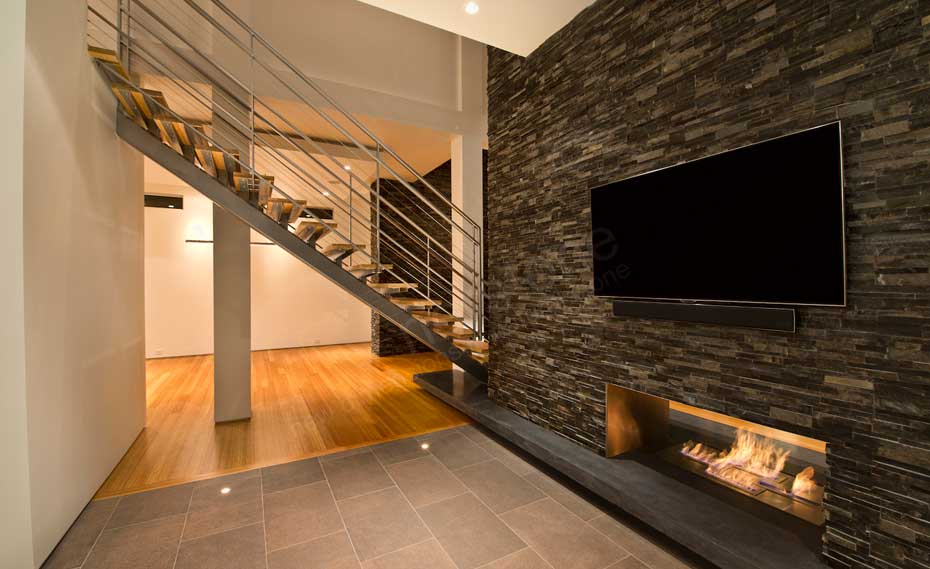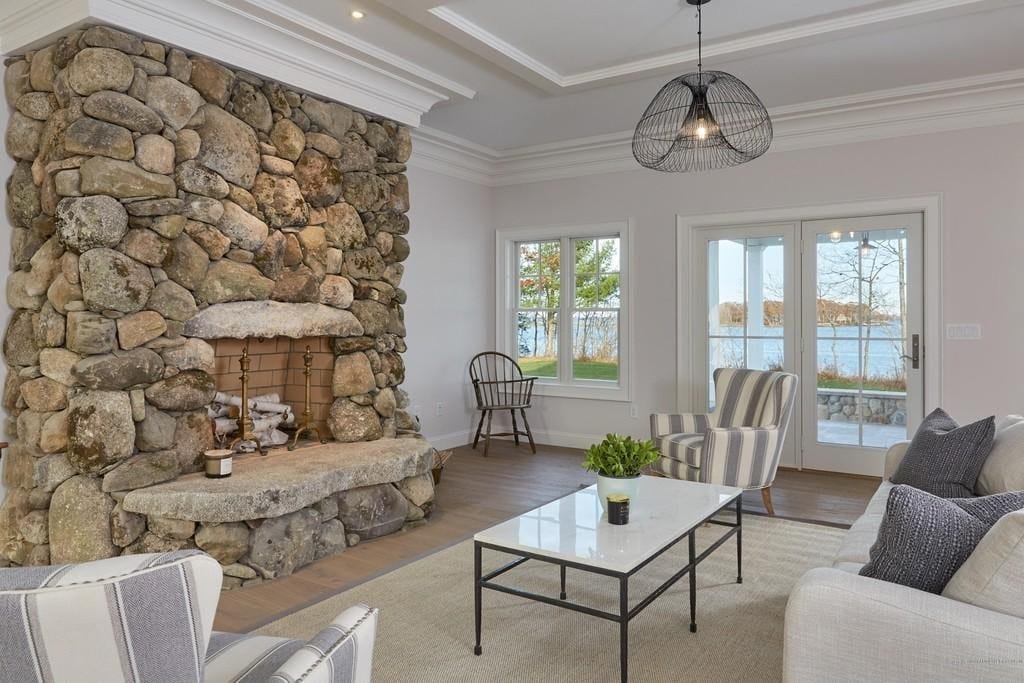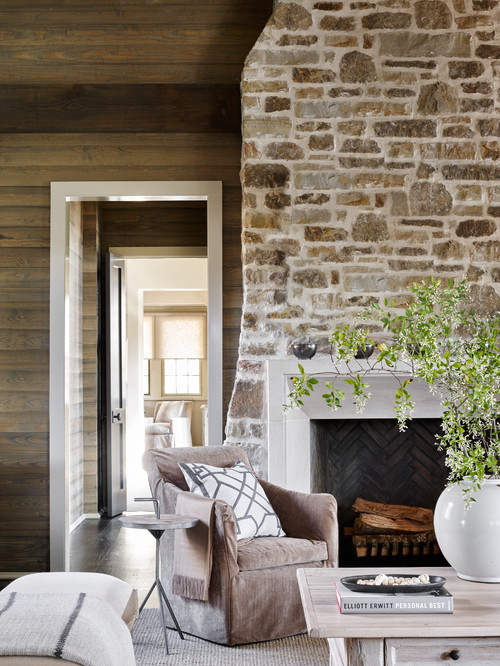Introduction to Decorative Stone Walls
Decorative stone walls aren’t just a trend; they are a timeless element that can transform any space. Whether in your garden, living room, or exterior facade, stone walls add texture, appeal, and character.
In this guide, we will explore various aspects of decorative stone walls, including their types, benefits, installation tips, and how you can best use them to enhance your home or commercial space.
What Are Decorative Stone Walls?
Decorative stone walls are structures made from natural or manufactured stones designed primarily for aesthetic enhancement. They can be indoor features, such as accent walls, or outdoor constructions like garden borders and retaining walls.
Types of Decorative Stone Walls
There are several types of decorative stone walls, each offering unique aesthetics and functionality. Below are some popular choices:
1. Natural Stone Walls
Natural stone walls are made from stones sourced from nature. Common options include granite, limestone, and slate. Each type has its own texture and color variations that contribute to its unique appearance.
Pros and Cons of Natural Stone Walls
| Pros | Cons |
|---|---|
| Durable and long-lasting | Can be expensive |
| Unique appearance | Heavy and may require structural support |
| Environmentally friendly | Limited availability in some areas |

2. Manufactured Stone Walls
Manufactured stone, or cultured stone, is created from concrete and designed to mimic natural stone. It’s lighter and often more affordable than natural options.
Pros and Cons of Manufactured Stone Walls
| Pros | Cons |
|---|---|
| More budget-friendly | Can look less authentic |
| Lightweight and easy to install | Less durable than natural stone |
| Variety of styles available | May fade over time |

3. Dry Stack Stone Walls
Dry stack stone walls are constructed without mortar, relying on gravity and the weight of the stones to hold them in place. They create a rustic look and are often used in gardens.
Pros and Cons of Dry Stack Stone Walls
| Pros | Cons |
|---|---|
| Good drainage properties | Less stable if not constructed properly |
| Natural look that blends with the environment | Requires skilled craftsmanship |

4. Retaining Stone Walls
Retaining walls are used to hold back soil and prevent erosion. They can be built using natural or manufactured stones and can serve both aesthetic and functional purposes.
Pros and Cons of Retaining Stone Walls
| Pros | Cons |
|---|---|
| Helps prevent soil erosion | Can be costly to build |
| Can enhance landscape design | Needs proper engineering |

Benefits of Decorative Stone Walls
Integrating decorative stone walls in your design comes with several advantages:
1. Aesthetic Appeal
Stone walls provide an organic and timeless beauty that can complement any architecture style.
2. Durability
Stone is one of the most durable materials available, resisting weathering and aging. A well-constructed stone wall can last for decades, if not centuries.

3. Enhance Property Value
Quality landscaping, including stone walls, can significantly increase the value of your property.
4. Versatility
Stone walls can serve multiple purposes, from being decorative features to functional structures like retaining walls.

Installation of Decorative Stone Walls
Installing a decorative stone wall may seem intimidating, but with the right guidance and tools, it can be a rewarding DIY project or a manageable task for a professional contractor.
DIY Installation Steps
Here’s a basic outline of how to install a decorative stone wall:
- Planning: Determine the wall’s location, size, and materials.
- Preparing the Site: Clear the area of grass and debris, and measure the space for proper dimensions.
- Foundation: Create a leveled base using gravel for drainage.
- Laying Stones: Start from the corners and work your way towards the center. Ensure each stone is level.
- Finishing Touches: Fill spaces with mortar (if applicable) and clean the wall surface.

When to Hire a Professional
If you are dealing with large projects, specific engineering requirements, or complex designs, it’s wise to hire a professional contractor.
Decorative Stone Wall Design Ideas
The possibilities with decorative stone walls are endless. Here are some ideas to inspire your design:
1. Accent Walls in Living Spaces
Use stone walls as a focal point in your living room or bedroom to create a cozy atmosphere.
2. Outdoor Fireplaces
Incorporate stone walls into outdoor fireplaces or kitchens for a rustic touch.
3. Garden Borders
Create raised garden beds or borders to accentuate your flower or vegetable gardens.
4. Water Features
Integrate stone walls into water features for added texture and elegance.
Comparative Analysis: Natural vs. Manufactured Stone Walls
When deciding between natural and manufactured stone walls, here’s a side-by-side comparison to consider:
| Feature | Natural Stone | Manufactured Stone |
|---|---|---|
| Aesthetic Authenticity | Highly authentic and unique | May look less real |
| Cost | Generally higher | More budget-friendly |
| Weight | Heavier | Lightweight |
| Installation Ease | More complex | Generally easier |
| Durability | Very durable | Durable but can fade |
Common FAQs About Decorative Stone Walls
1. How much do decorative stone walls cost?
The cost of decorative stone walls varies widely based on materials, size, and labor. On average, expect to pay anywhere from $15 to $30 per square foot.
2. Can I install a decorative stone wall myself?
Yes, many homeowners successfully install stone walls themselves. However, if you’re uncomfortable with heavy lifting or complex designs, consider hiring a professional.
3. How do I maintain my stone wall?
Regular maintenance includes cleaning to remove dirt or moss. Inspect for cracks and repair them promptly. Natural stone may need sealing every few years.
4. Are decorative stone walls environmentally friendly?
Natural stone walls are considered eco-friendly as they utilize natural materials and can help with erosion control. Manufactured options may have a lower environmental impact due to lighter weight and easier transportation.